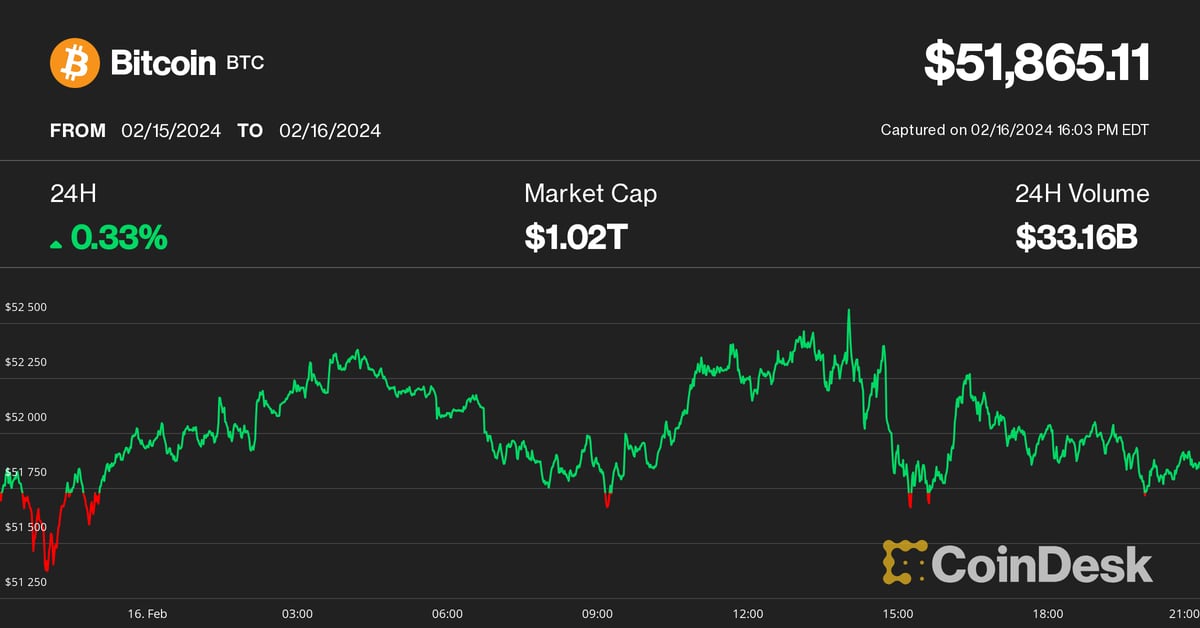Election anxiety and ETF outflows weigh on crypto markets – Nansen


According to a recent report by Nansen, the cryptocurrency market is under pressure from multiple fronts, including the US elections, ambiguous macroeconomic data, and pessimistic sentiment related to cryptocurrency exchange-traded fund (ETF) outflows, which are negatively impacting prices.
Widespread feelings of surrender
Spot Bitcoin (BTC) and Ethereum (ETH) ETFs traded in the United States have experienced negative flows for the second week in a row. According to data from Farside Investors, Bitcoin ETFs have lost more than $983 million over the past two weeks, while Ethereum ETFs have lost $103.5 million over the period.
This coincides with a net decrease in total stablecoin supply from August 26 to September 7, with approximately $450 million being pulled out of the market. According to the report, if this rare event occurs in 2024, it could signal a capitulation by investors, unlike the previous sell-offs in March and August.
Additionally, institutional interest in Ethereum-based products has waned, with VanEck closing its Ethereum strategy ETF less than a year later and WisdomTree withdrawing its application to the U.S. Securities and Exchange Commission (SEC) for a spot Ethereum ETF.
As a result, Nansen’s risk management indicator shows negative BTC price momentum, while the BTC call-put spread is at almost zero risk-taking levels, suggesting a neutral market stance.
Additionally, Bitcoin is testing its 50-week moving average, while Ethereum is challenging its 200-week moving average, both of which are important support levels.
Elections and uncertainty
The US presidential election is expected to create uncertainty for risky assets such as cryptocurrencies until November. The market may be underestimating the impact of a potential “Democratic landslide,” which could lead to higher corporate and capital gains tax rates.
However, today’s debate could provide some respite for cryptocurrency prices, as Harris’ lead in the polls could be affected by her poor performance.
Macroeconomic data shows weakening manufacturing activity across the eurozone, China and the United States, while the U.S. labor market is also cooling.
Services and consumer spending remain stable, but a decline in savings among financially weaker households could affect future consumption.
This paints an ambiguous picture, making it difficult to tell whether the global economy is transitioning to a slower pace of growth or slowly slipping into recession. Moreover, the expected Fed rate cuts, which the market expects to cut by 225 basis points by 2026, may not be enough to stimulate growth across all sectors.
The disconnect between asset price expectations and the continued slowdown in growth poses risks to investors, especially those in high-priced stocks. This uncertainty also dampens the market’s appetite for risk.



